Building with EMT Conduits: The Ultimate Resource Page
So you’ve discovered the wonderful world of building with EMT conduit and all of its possibilities?
Is it just us, or does it seem like EMT projects are everywhere these days? The popularity of building with EMT conduit is undeniable, and we can understand why. Garden trellis, tables, storage racks, name it – you can build ANYTHING you want with conduit! While the system is simple which makes the building material easy to use, there are a few things to know in order to optimize a DIY EMT conduit project.
This guide covers everything you need to know to build the best DIY project possible.
Let’s get started!
Introduction to EMT : What is EMT conduit?
If you are planning to build projects with EMT conduit, you’ve come to the right place. We’ve put together this guide that covers all the basics: the types and sizes of conduit, the connectors to use and how to use them, the tools you’ll need, the best alternative to EMT, and finally, some project ideas to inspire you and spark your creativity!
But first, what is an EMT conduit?
Electrical conduits are most commonly used to protect and route electrical wiring throughout a building, but people have started to use them to build projects. Used with EMT connectors, conduit gives DIYers the possibility to build many different types of projects -you can literally build anything-, like railings, garden trellis, coffee tables, and more!

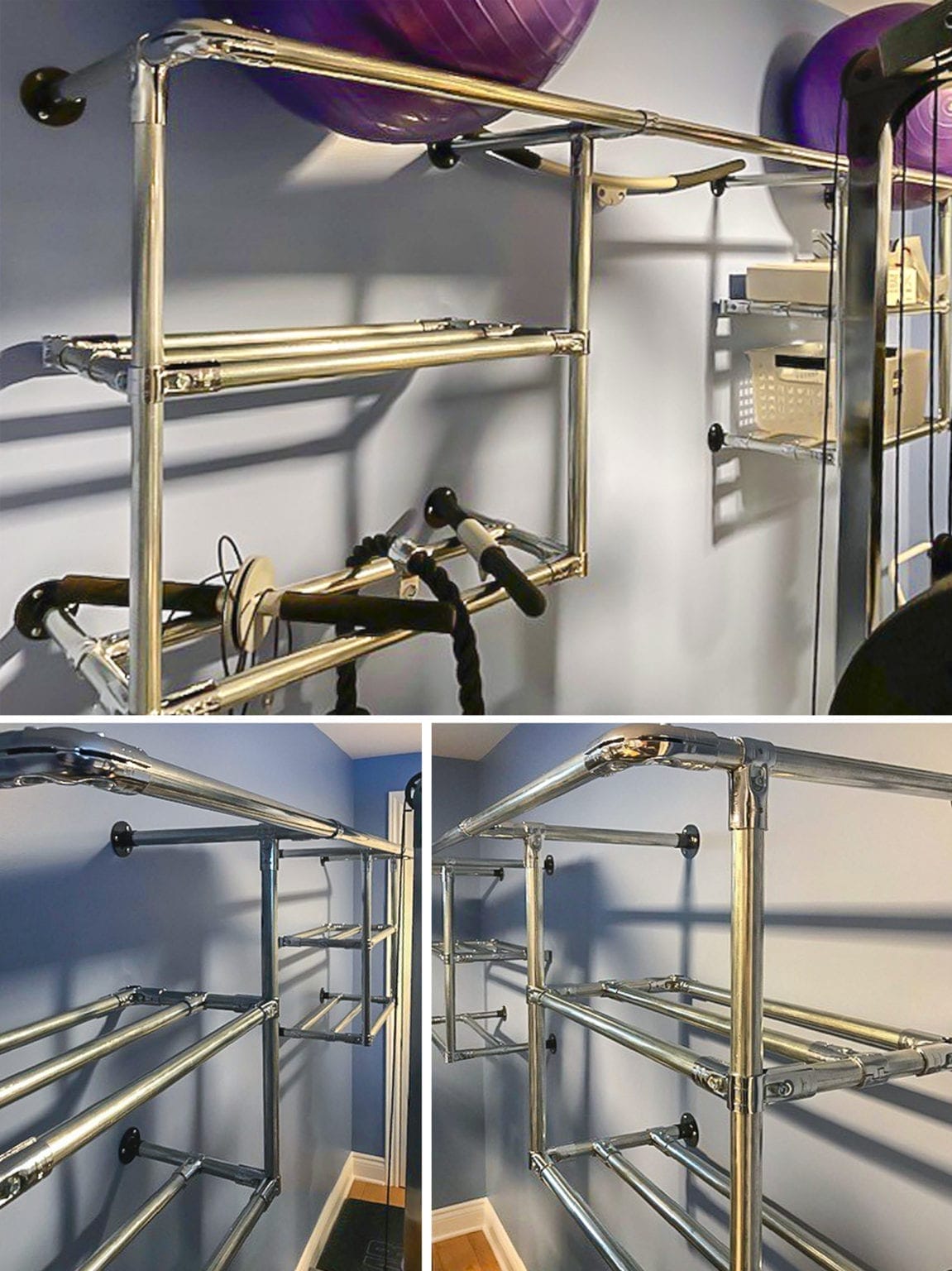


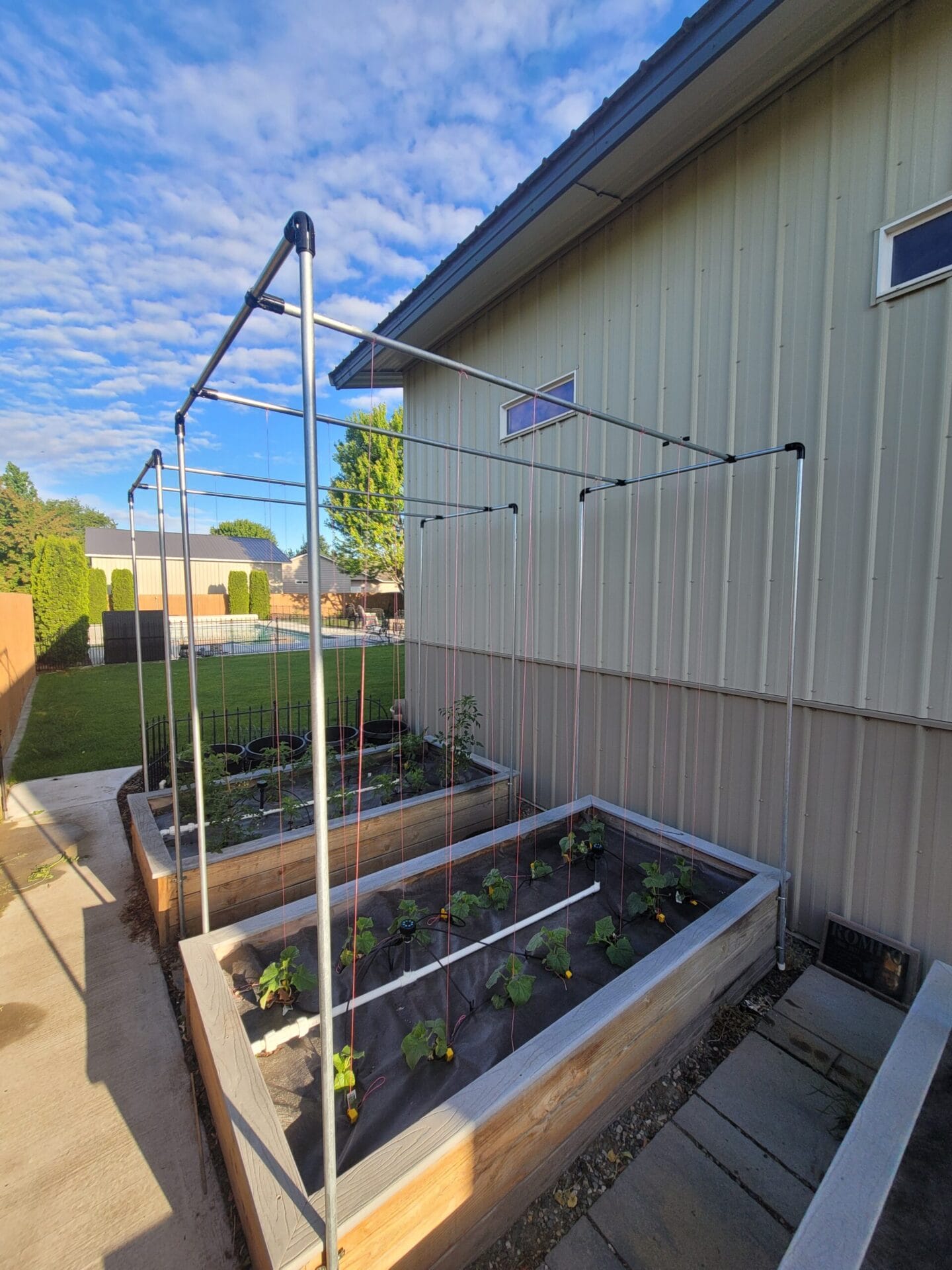
Building Structure with EMT Conduit
There are different sizes of EMT available, ranging from ½ to 6” in diameter. The length depends on the size of the diameter but can range between 10 to 20 ft. long.
The ¾” EMT conduits are the ones that can be used to build with tinktube connectors, when used in pair with the 3/4″ EMT adapter for pipe connector.
Among the numerous benefits of building projects with EMT conduit:
- It’s easy to use. Once you’ve understood how the system works, all you’ll need are two tools and you’re good to go.
- EMT conduits are easy to find at any hardware store like Ace, Home Depot or Lowe’s.
- It’s pretty inexpensive, so it makes sense to turn to conduit when looking for DIY building materials.
- You can bend EMT using inexpensive tools, which opens up a lot of build possibilities! We write a guide on how you can bend EMT conduit!
EMT Conduit Connectors
Whatever you plan to build, if you create a structure with EMT and want to avoid welding, you’ll need connectors. There are many types of connectors, each of them useful for a different angle or usage. Knowing the connectors and how they work will change your DIY game greatly and make it much easier for you to draft up your plans and choose the parts you’ll need to build the project you have in mind.
The most common EMT connectors -and how to use them!
The tinktube building system is like Meccano, but for grown-ups. There are more that 35 connectors available online, and each of them serves a different purpose. Depending on your projects’ design, you might need to fix 2 or 3 tubes together, double the tubes to make your structure sturdier, or fix one tube to another at a 45-degree angle. These details will all influence the connectors you choose.
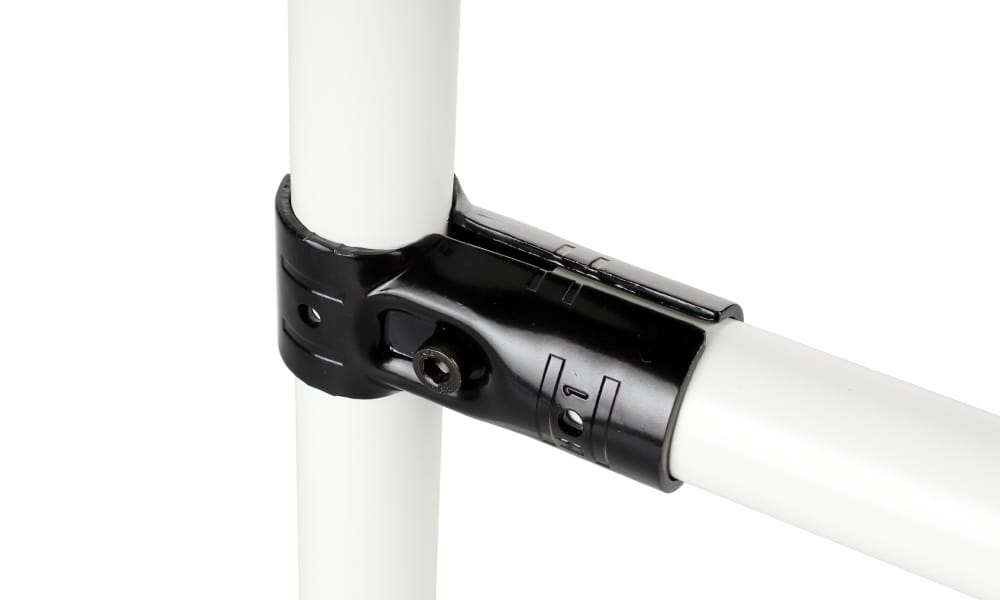
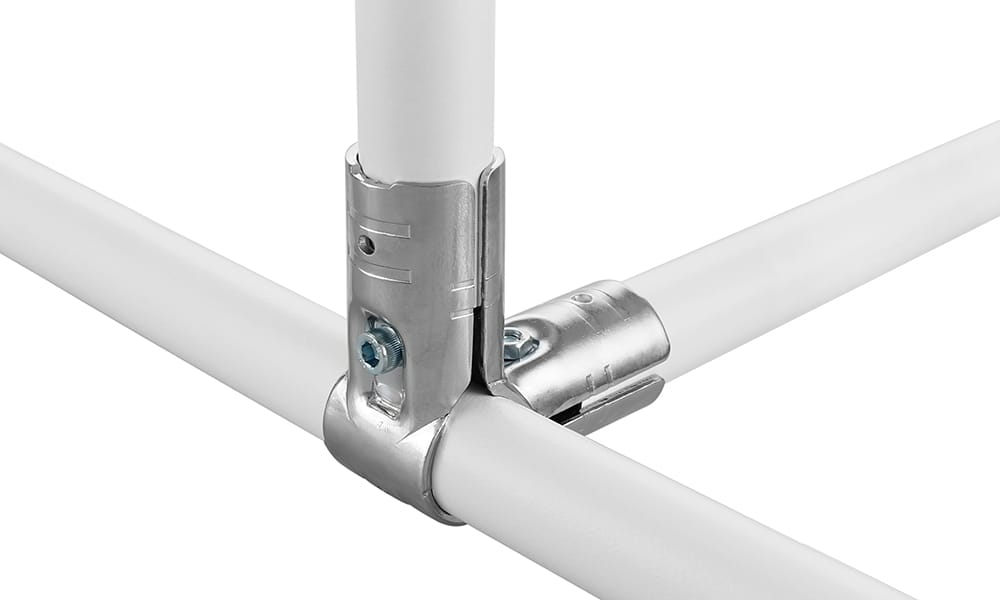
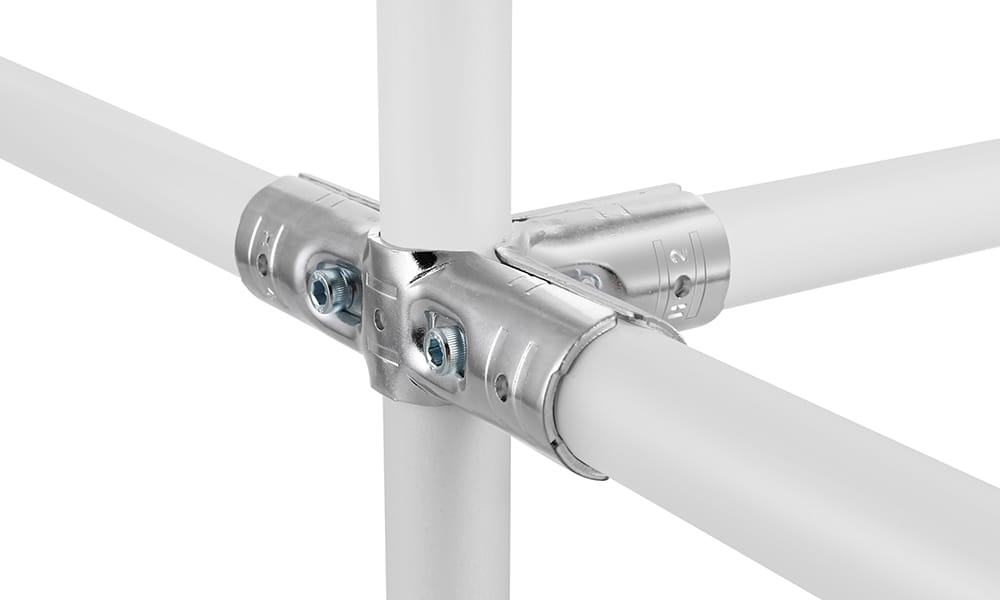
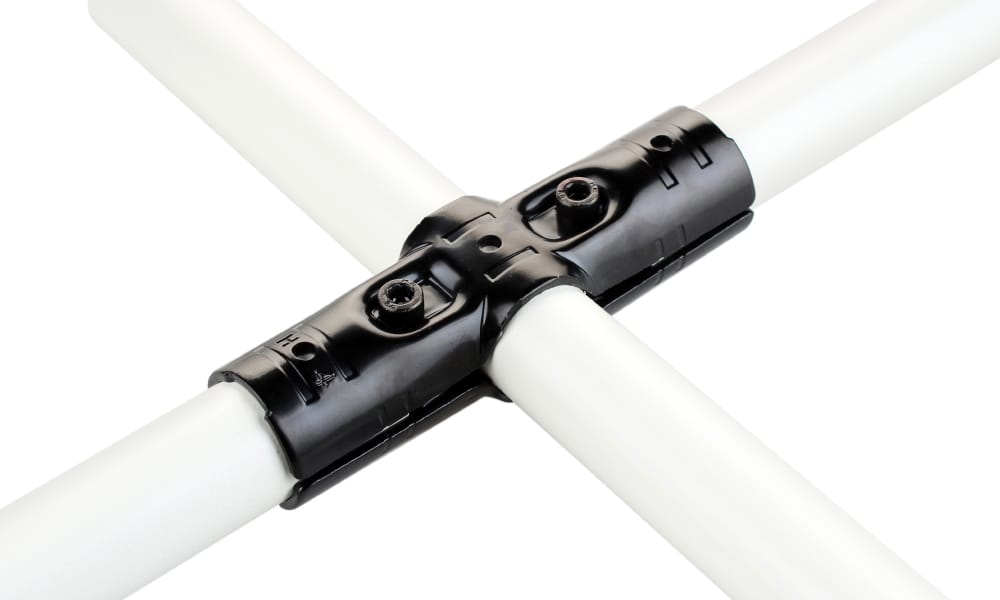
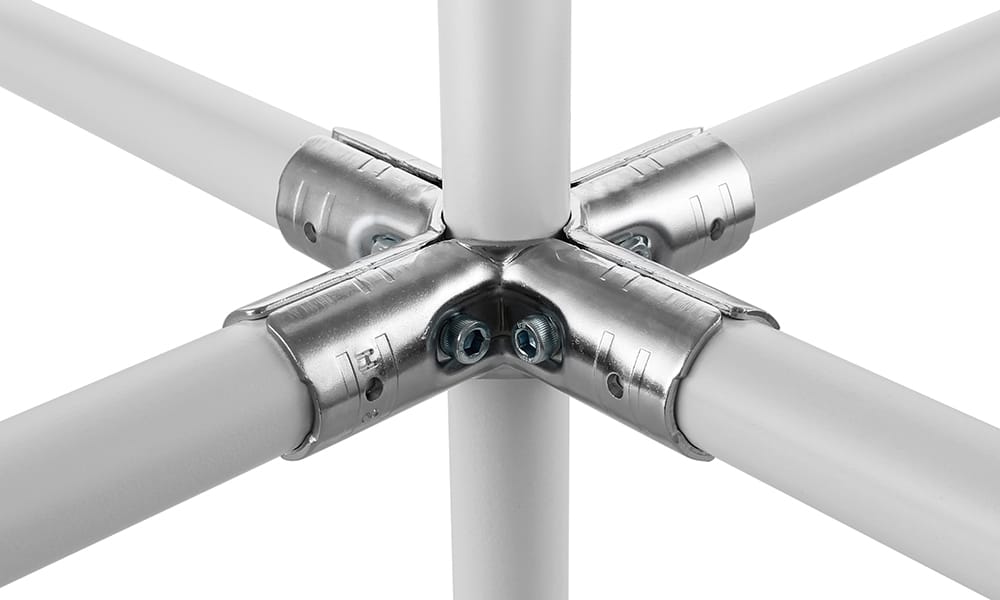
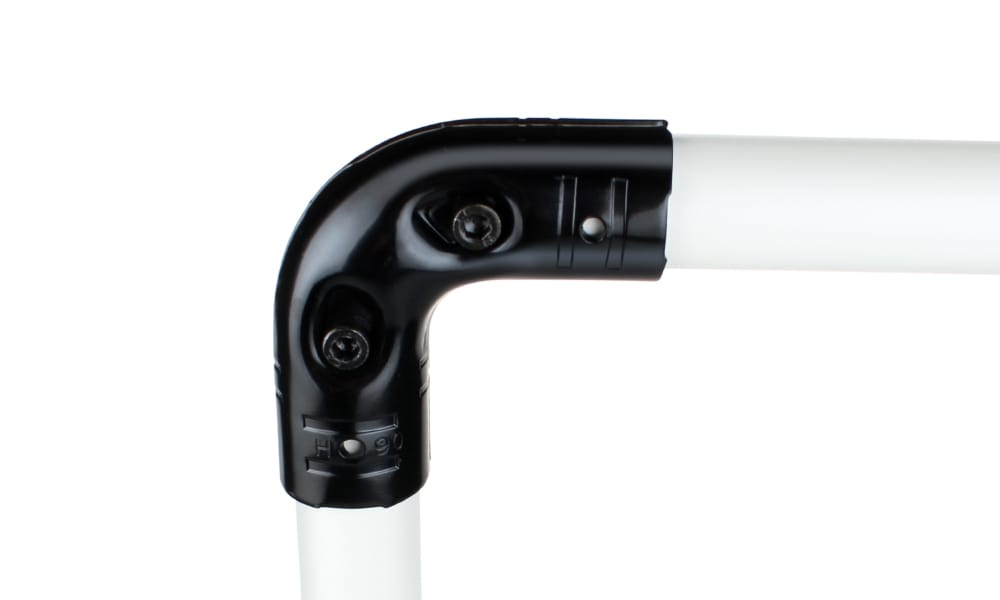
The most common EMT conduits connectors are:
To know more and see examples of how each of these connectors can be used on a project, read this post about the most popular EMT conduit connectors!
PS: While these fittings are more often used in DIY builds, many other connectors are also available online!
How to use EMT conduit connectors?
While tinktube connectors are designed to be used with 1 1/16” (28 mm) pipes, they are compatible with 3/4“ EMT conduit, thanks to the 3/4″ EMT adapter for pipe connector that can be placed as a shim between the conduits and the connectors.
Why an adapter and how to use it?
The 3/4″ EMT adapter for pipe connector will help stabilize the build, avoiding the small gap that’s created when using EMT conduit and connectors together. The adapter can easily be added to the tubes by clipping them on directly.
Our adapter is made of a strong, yet flexible, PLA plastic that you can easily snap onto your pipes for a rigid and secure build. PLA is a bioplastic and thermoplastic made from natural materials, making it an eco-friendly option for DIYers out there.
Esteban tells you more about it in the following video!
To learn more read: How to Build a Project with EMT Conduit and T-connectors
Required Tools
There are 2 main tools you’ll need when building with EMT conduit and connectors:


- An Allen key or T-handle wrench
- A pipe cutter, or T-cutter
You might need other tools if you want to add surfaces to your project (to cut or paint a tabletop, for example). But if your project only involves pipes and fittings, you’ll be OK with just the two!
Cutting pipes using the t-cutter is easy – anyone can do it in about 2 minutes! Read our article on how to cut emt conduit or watch Esteban guide you through the process in this short video:
Assembling connectors with an Allen wrench is also easy and takes a few seconds, especially once you get used to doing it. And because all connectors are different, we’ve put together a playlist that shows how to assemble the most popular connectors!
The Best Alternative to EMT Conduit
Building with tinktube’s 1 1/16” (28 mm) galvanized pipes is a stronger, faster and cheaper alternative to 1 inch EMT Conduit.



The advantages of using tinktube are numerous:
- The pipes are fully compatible with our connectors, which means you won’t need to use 3/4″ EMT adapter for pipe connector when using tinktube’s pipes, unlike you would with ¾ in. EMT conduit.
- The pipes are shipped directly to you, so you won’t need a trip to the store to get them. If you plan on buying connectors and / or the tools online too, this means you’ll get everything you need to build your project, without leaving the comfort of your home!
- tinktube’s pipes are stronger: in fact, a well-built tinktube structure can hold up to 2000 lbs! Of course, it has to be designed in a way that allows such a heavy load. If you have a specific project in mind, we’ve put together this guide to help you calculate the loading capacity of your structure.
- You can use all the accessories provided by tinktube to make your project more complete (see section below).
- Last but not least, the price of the galvanized tube is lower than 1 in. EMT conduit per inch.
Other Options
For some projects, you may be looking for another type of finish or even other color options. Apart from the galvanized tubes, 3 other colors are available at tinktube:
Tubes as well as connectors can also easily be painted with Posca markers too, if you are interested in customizing your project even more!
tinktube Tubes Conduit Accessories
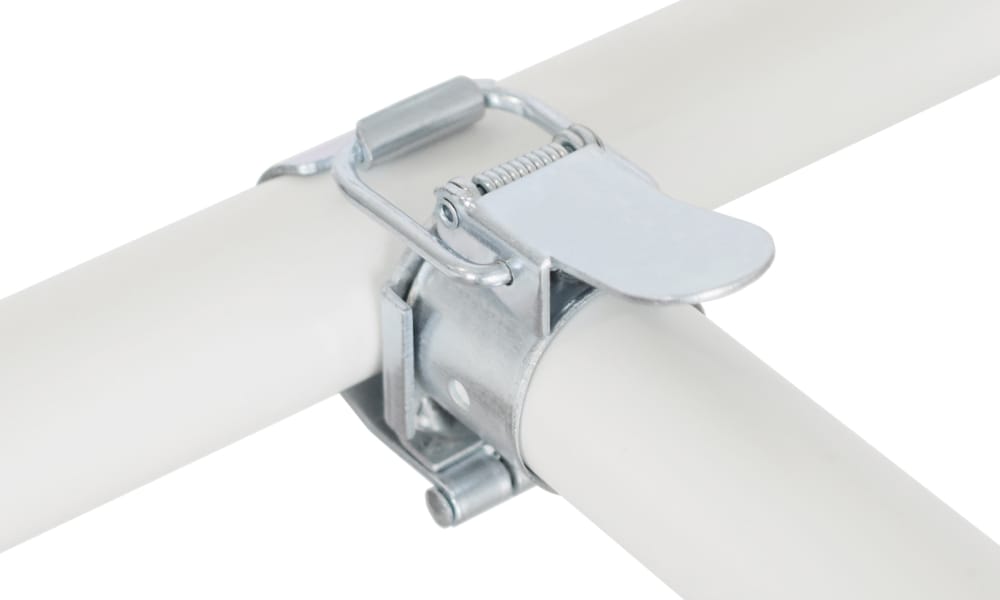
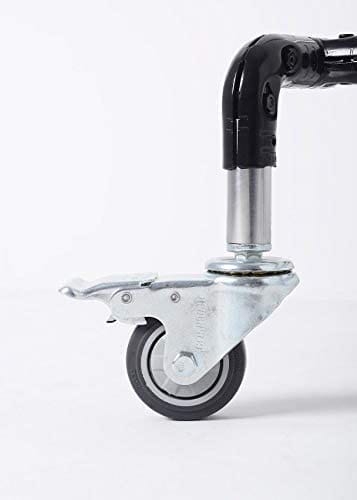
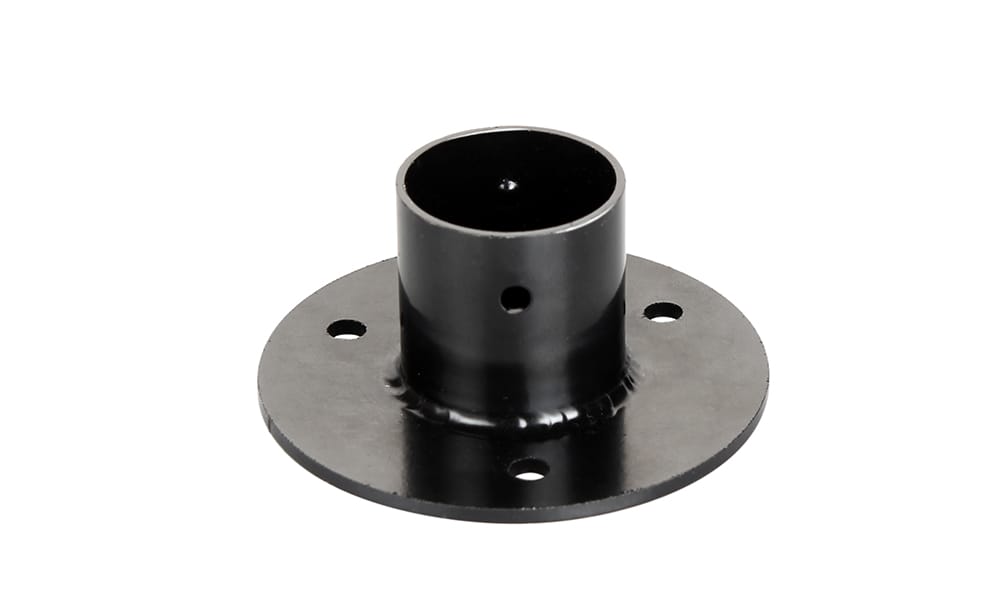
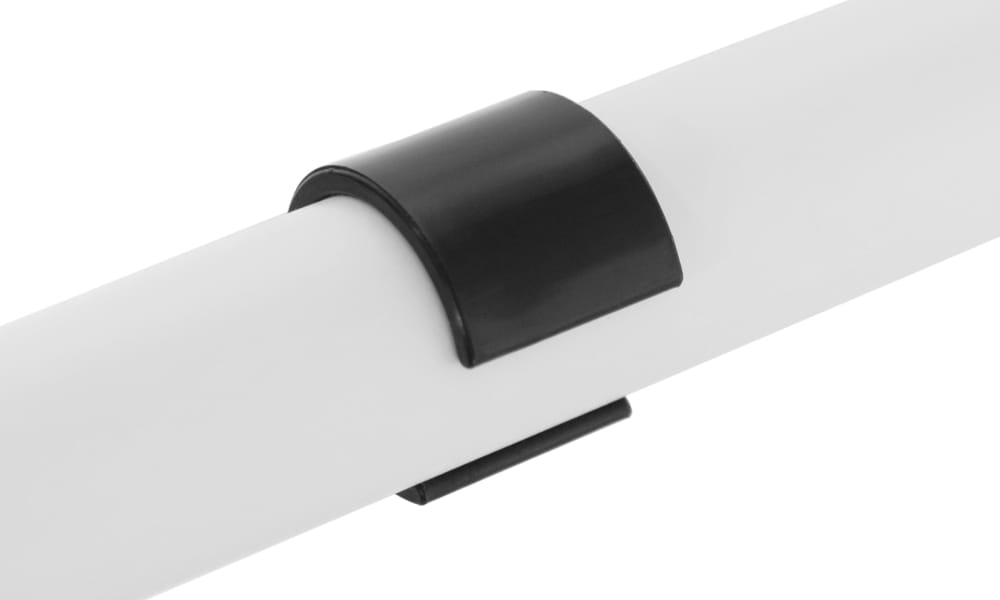
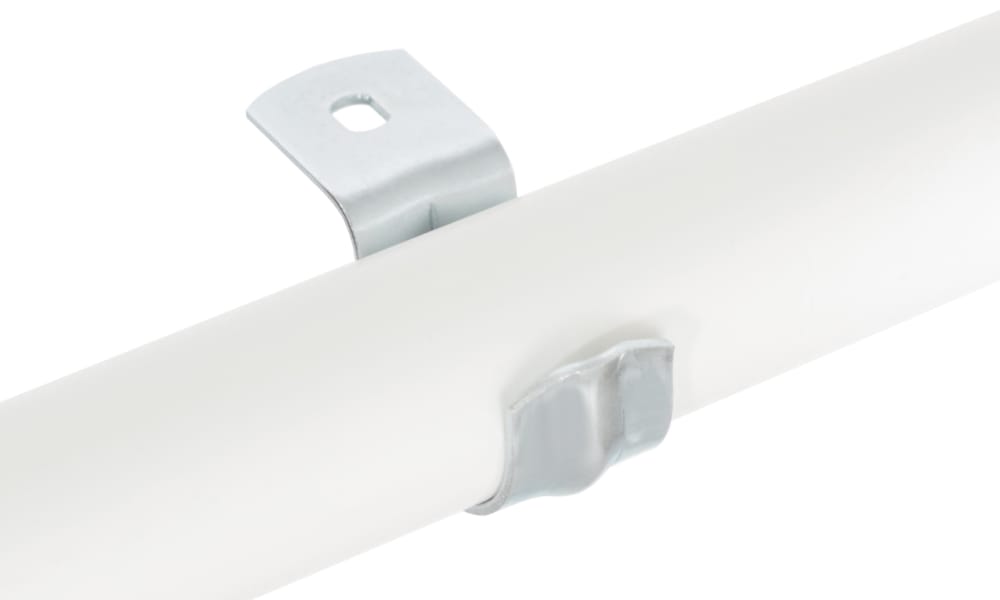
to our pipe and joint structures.
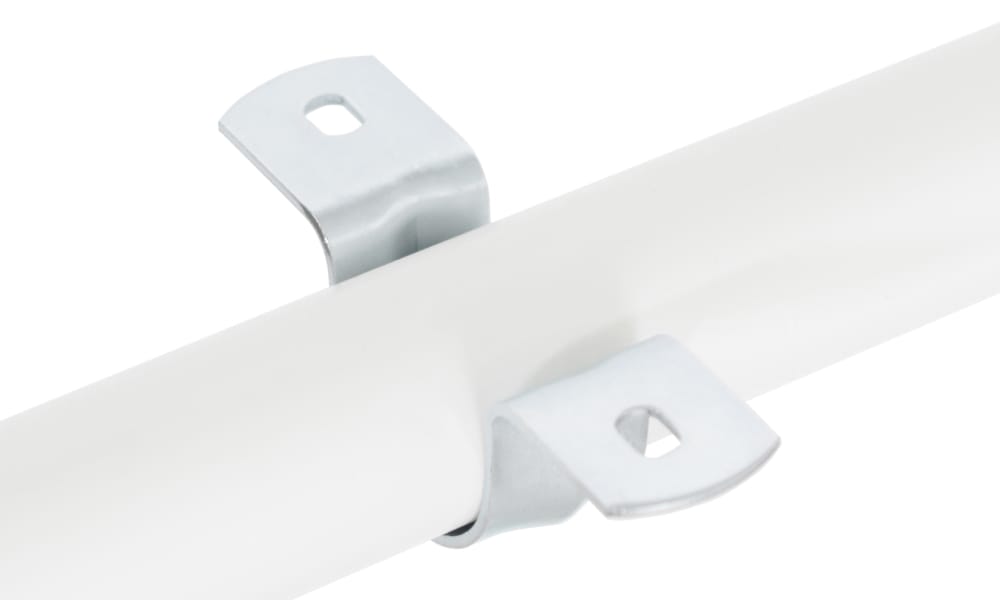
to our pipe and joint structures.
To complement your build, many accessories are available online. These accessories will make it easy for you to add specific features to your project, like making a removable section, adding wheels, fixing surfaces to your project or fixing it to the wall or the floor. The top 5 accessories are listed below:
- The quick release latch.
- The wheels (2’’ or 4’’).
- The anchors
- The clamps
- The AO-Shim
EMT Conduit
Project Ideas
If you finished in the top of your class, you already know that EMT conduit is used primarily in the electrical industry. But, you also probably know that EMT conduit can be used to build shelving, an awning, a stair railing, even a living room cabinet, and much more!
Thanks to the versatility and many possibilities provided by custom projects, they’re the perfect avenue for creative people looking for solutions or new projects!
Tinktube connectors are compatible with EMT conduit, thanks to the 3/4″ EMT adapter for pipe connector. If this combination of building materials sounds like a good idea to you, you’ll find genius examples if you click the button below!